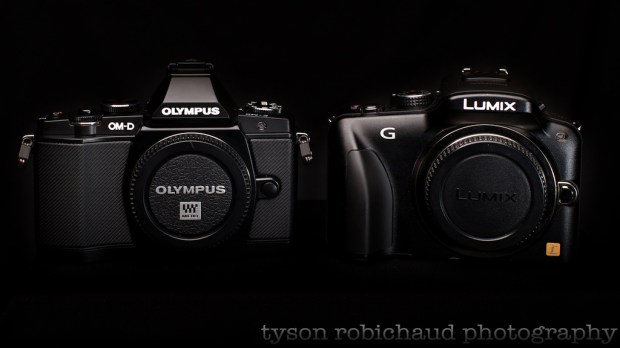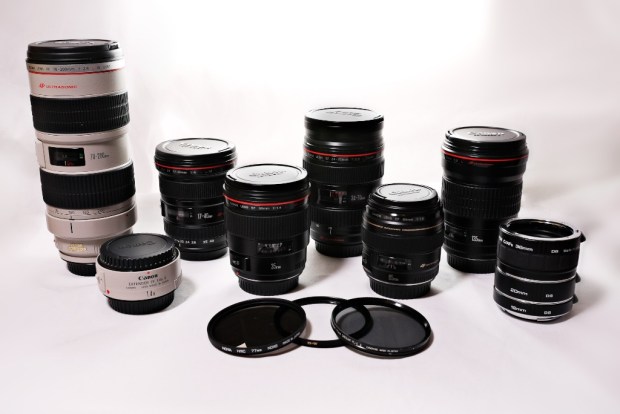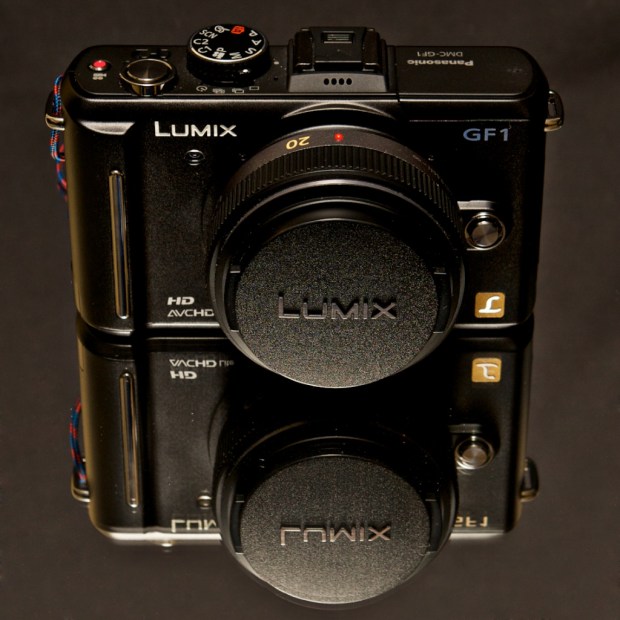I’ve just passed the 9th anniversary of this particular blog, and about the 12th overall of me rambling on about camera gear, software and photographic technique online, and as Ladies Love Cool James once eluded to, I have seemingly come full circle. I’ve waded through and swam in many different pools. Technology has made some pretty exciting leaps over this time. After years with a few EOS bodies, I then got excited with the advent of mirrorless as an early adopter in Panasonic, then Olympus, Pentax, Sony, even GoPro while dabbling in various film formats with my 35mm and medium format cameras, and now for the first time in about 6 years, I’ve purchased a Canon branded product again. At first, I feared I’d made a horrible mistake, but as I’ve now had this camera for the last few months, I’m starting to come around to what it does offer me, and I think I may finally get rid of my Sony full frame gear.
C’mon in for my thoughts, why and where I feel its worth while, and where I foresee Canon going with this format.











